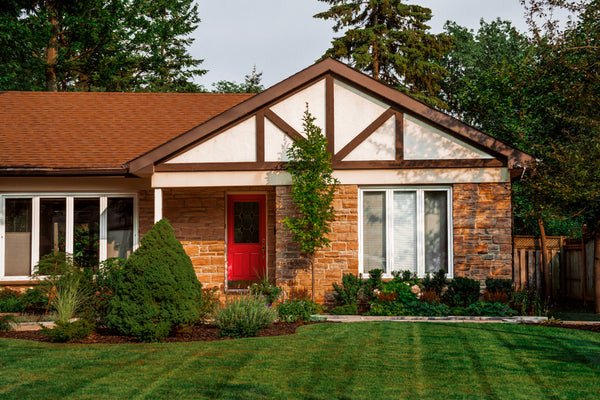
Under normal circumstances, landscape artificial turf is not affected by freezing, because the frozen condition will automatically melt and be evaporated. However, in order to make the stadium come in handy when needed, it is necessary to remove the frozen ice on the artificial turf. Ice removal is quite difficult, so what should I do if I encounter this situation?
In order to prevent the turf from being damaged when the ice is removed, the current method is to crush the ice on the artificial grass of the landscape with a heavy drum. After the ice cubes are crushed, they can be cleaned directly from the site. Usually when the sun is out, and when the ice or frost is not very thick, it will melt quickly and have little effect.
If the ice layer on the casual artificial turf is thicker, you can use the urea to help the frozen thaw. About 100 Ibs of urea is needed every 3,000 square feet (for reference only, it can be adjusted in different situations and different areas). After the urea is spread, the ice on the site needs to be half small to melt. The melted ice cubes need to be cleaned with a washing machine, rubber cleaner, sweeper or other suitable equipment. Urea does not work much at -12 ° C, and it does not melt ice at -17 ° C. A small amount of urea residue will remain on the site and be cleaned as weather permits.
In the process of paving, try not to use chemicals that may cause harm or toxic to artificial turf. Do not use salt, mineral salts, calcium chloride, other corrosive agents and toxic chemicals. Do not park heavy equipment on the site for a long time, which will damage the artificial lawn.





